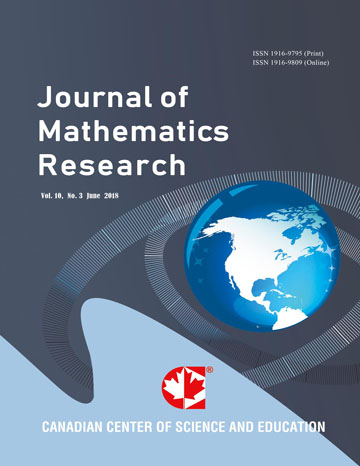Use of Hidden Markov Models to Identify Background States Behind Risks of Cerebral Infarction and Ischemic Heart Disease
- Hiroshi Morimoto
Abstract
Cold exposure is often said to trigger the incidence of cerebral infarctions and ischemic heart disease. This association between weather and human health has attracted considerable interest, and has been explored using standard statistical techniques such as regression models. Meteorological factors, such as temperature, are controlled by background systems, notably weather patterns. Therefore, it is reasonable to posit that the incidence of diseases is similarly influenced by a background system. The aim of this paper was to identify and construct these respective background systems. Possible background states or "hidden states", behind the incidence of diseases were derived using the EM and Viterbi algorithms with in the framework of hidden Markov models (HMM). A self-organizing map (SOM) enabled identification of weather patterns, considered as background states behind meteorological factors. These background states were then compared, and the hidden states behind the incidence of diseases were identified by six weather patterns. This finding indicates new evidence of the links between weather and human health, shedding light on the association between changes in the weather and the onset of disease.
- Full Text:
 PDF
PDF
- DOI:10.5539/jmr.v9n1p24
Journal Metrics
- h-index (December 2021): 22
- i10-index (December 2021): 78
- h5-index (December 2021): N/A
- h5-median (December 2021): N/A
( The data was calculated based on Google Scholar Citations. Click Here to Learn More. )
Index
- Academic Journals Database
- ACNP
- Aerospace Database
- BASE (Bielefeld Academic Search Engine)
- Civil Engineering Abstracts
- CNKI Scholar
- COPAC
- DTU Library
- EconPapers
- Elektronische Zeitschriftenbibliothek (EZB)
- EuroPub Database
- Google Scholar
- Harvard Library
- IDEAS
- Infotrieve
- JournalTOCs
- LOCKSS
- MathGuide
- MathSciNet
- MIAR
- PKP Open Archives Harvester
- Publons
- RePEc
- ResearchGate
- Scilit
- SHERPA/RoMEO
- SocioRePEc
- Standard Periodical Directory
- Technische Informationsbibliothek (TIB)
- The Keepers Registry
- UCR Library
- Universe Digital Library
- WorldCat
Contact
- Sophia WangEditorial Assistant
- jmr@ccsenet.org
